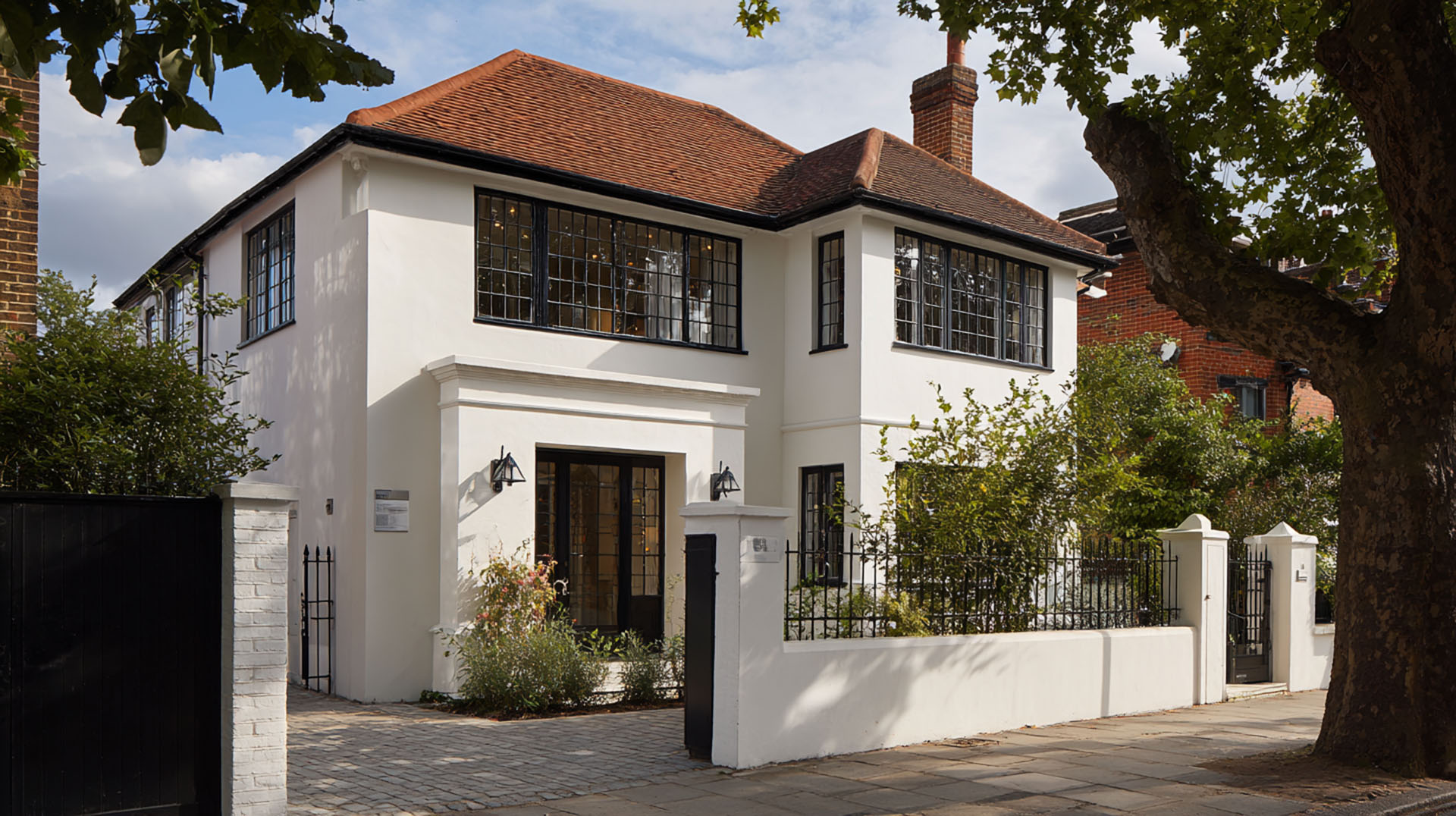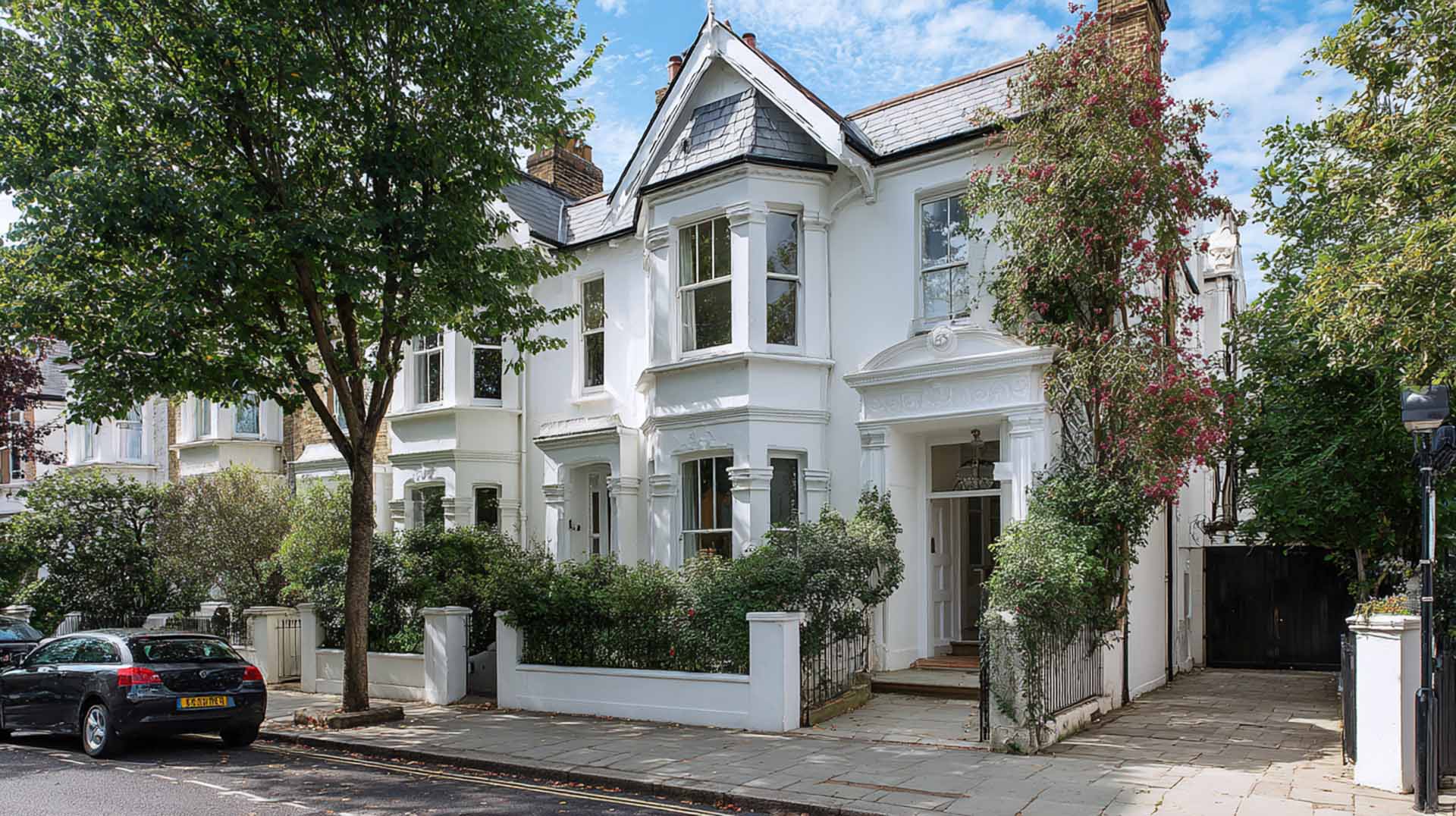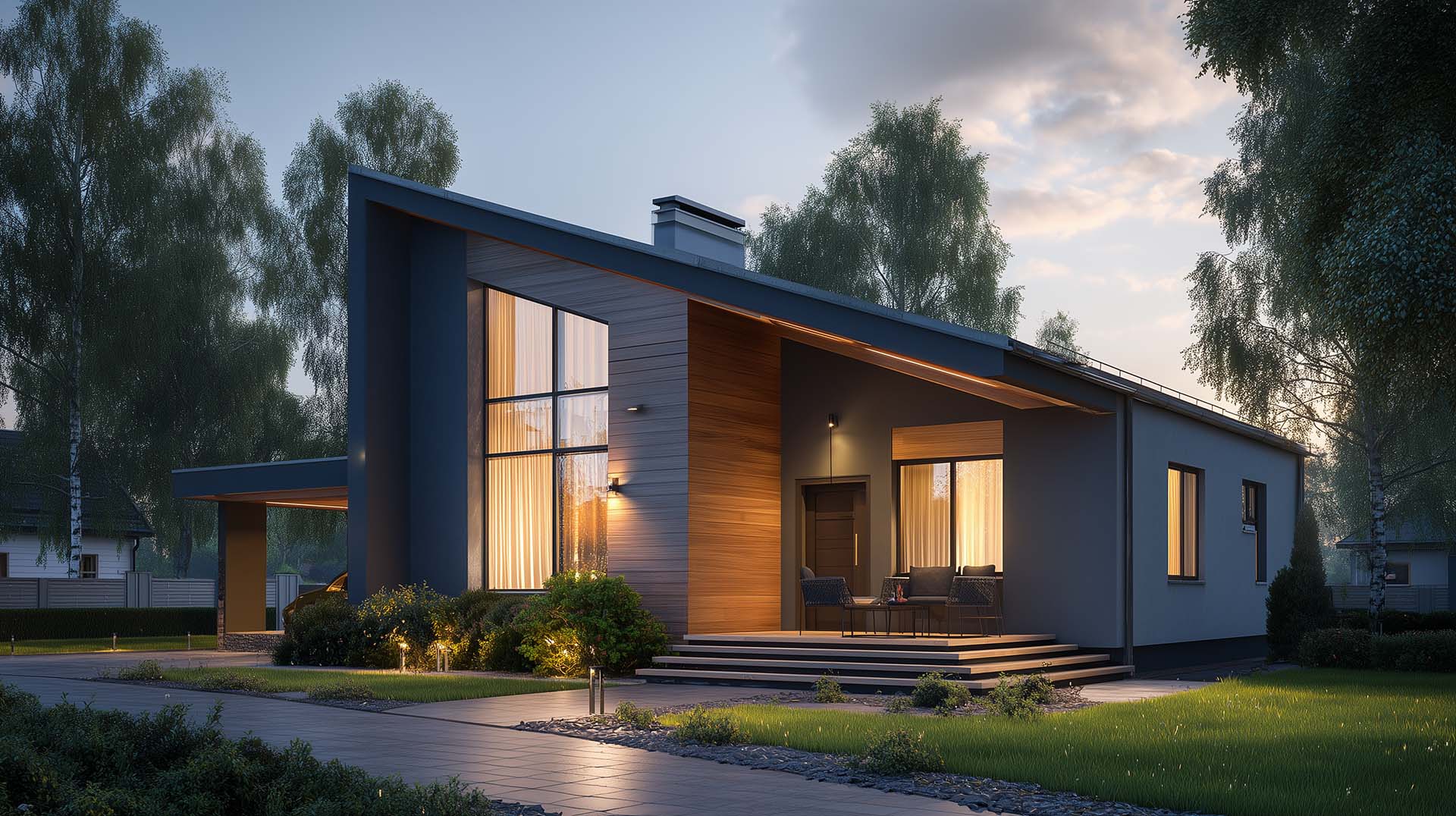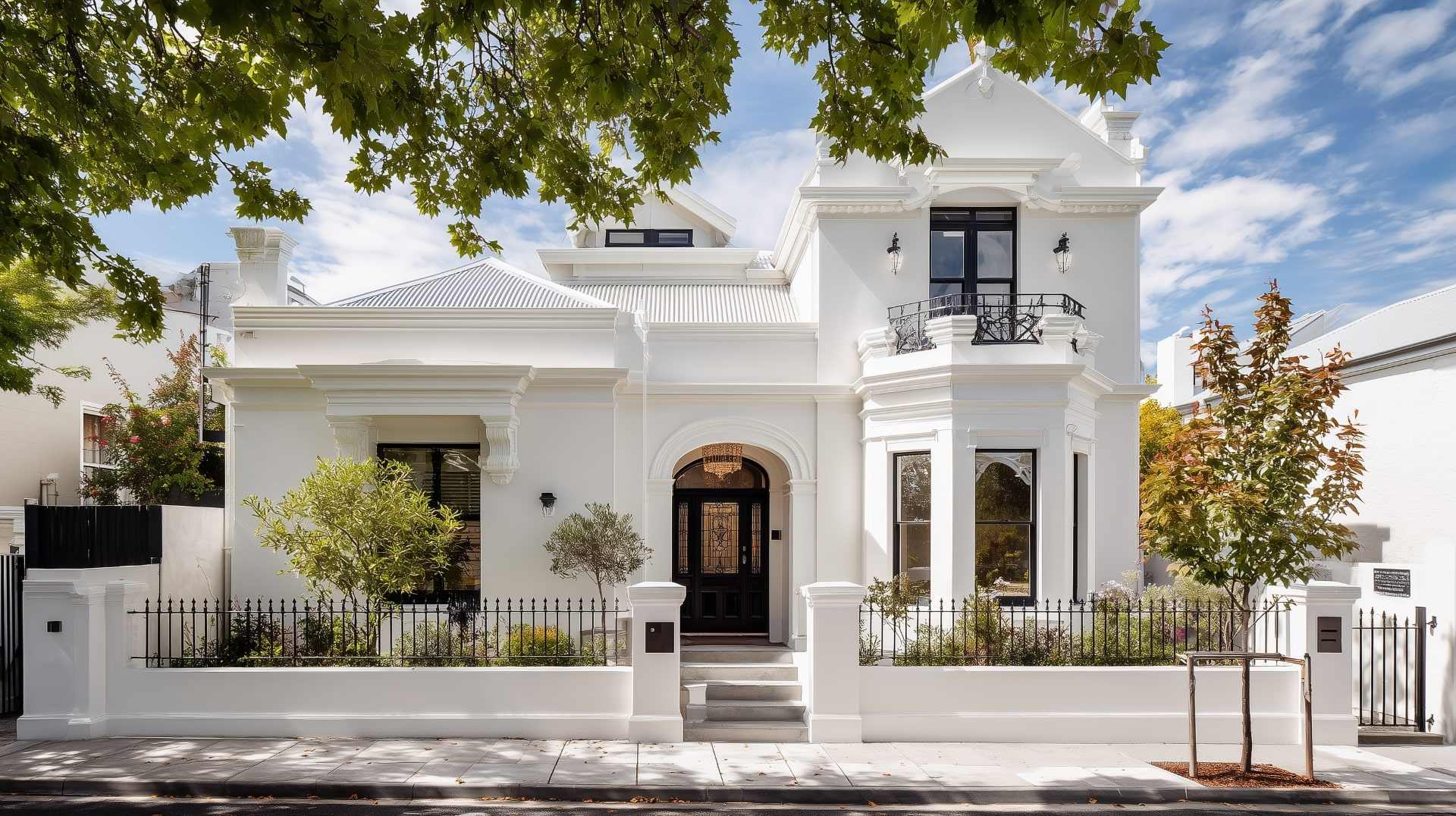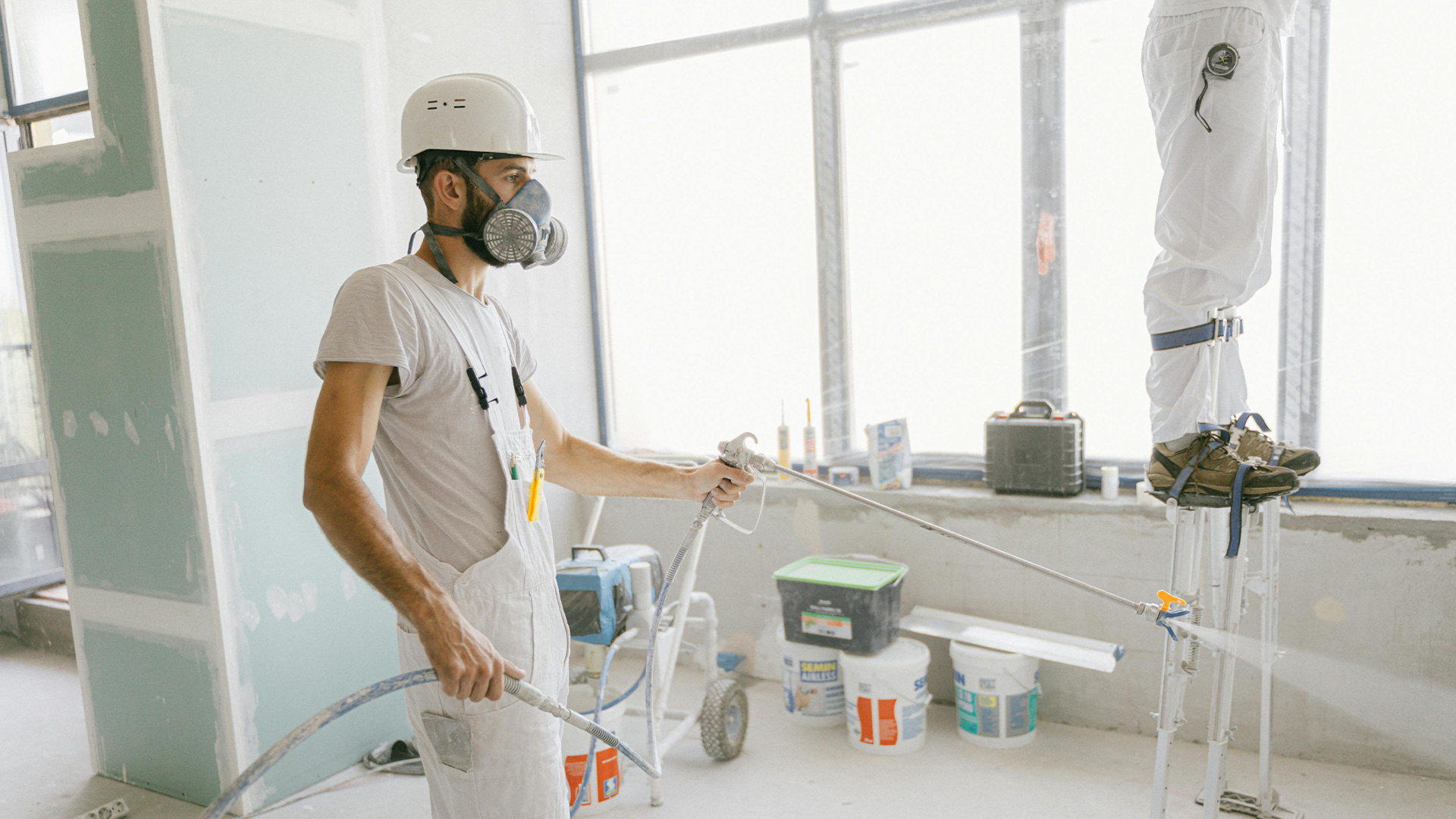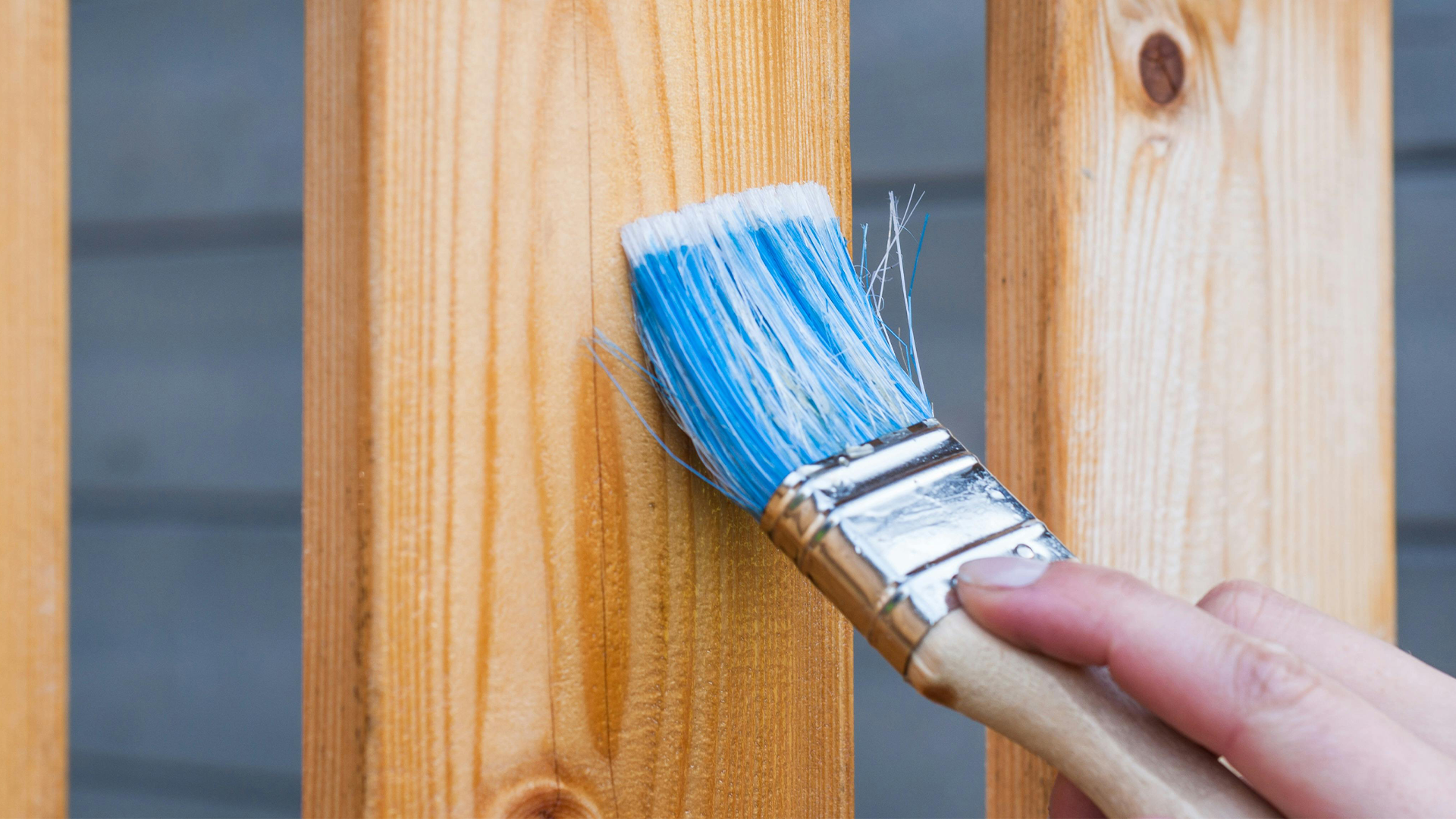Key Take Aways
Exterior paint fades due to pigment oxidation from UV light, ozone, and oxygen exposure
Neutral earth tones—such as white, tan, beige, and light brown—fade least thanks to their inorganic pigments and ability to reflect UV light
Lighter colours both resist fading and help keep surfaces cooler by reflecting UV radiation
Modern exterior paints now fade just 1–3 % per year, compared to around 7 % in the past, doubling longevity and enabling warranties of 15 years or more on premium products
To maximise colour durability:
Check manufacturer guidance (some pigments don’t suit high-alkali surfaces)
Consider orientation and sun exposure (south‑facing walls fade faster)
Opt for high‑quality acrylic or latex exterior paints for superior UV resistance and adhesion
Paint ages when the colour-holding pigments come into touch with an agent that oxidises the pigment, such as ozone, light, or oxygen.
Exterior paint is more vulnerable to colour fading due to frequent exposure to UV light and other variables impairing the pigment’s quality and depth. In contrast, interior paint fades gradually after interior painting.
It doesn’t look good when external paint has faded. Even if your home’s construction and design are sound, it might make it look unsightly. Additionally, it’s crucial to remember that if your paint doesn’t seem brand new, it probably isn’t working well enough as it did when first done. This indicates that, over time, fading paint makes your surfaces more exposed.
You’re likely to notice paint fading when one patch looks different from a surrounding location because sunlight enters your home from different angles and for varying amounts of time.
Exterior hues that endure vs those that deteriorate
You can experience stress through the countless colour swatches at your neighbourhood hardware store. When painting your home’s exterior, there are numerous distinct colour directions you might choose. Which colours last the longest, though, maybe the most significant factor. Yes, certain colours stay longer than others, while others fade quickly.
Different sorts of pigments make up paint hues. These pigments regulate a colour’s resistance and intensity. Natural factors like oxygen, ozone, and UV radiation degrade the pigments over time.
It makes sense that you want to paint your house the greatest possible hue. Additionally, you want a finish that looks excellent and endures over time.
More neutral colours like tan, beige, brown, and various shades of white fade the least over time. Compared to brighter pigments like red, blue, and yellow, these and other milder earth tones tend to degrade far more gradually in UV radiation and harsh weather. Colours endure longer thanks to acrylic exterior paints than with different exterior paint.
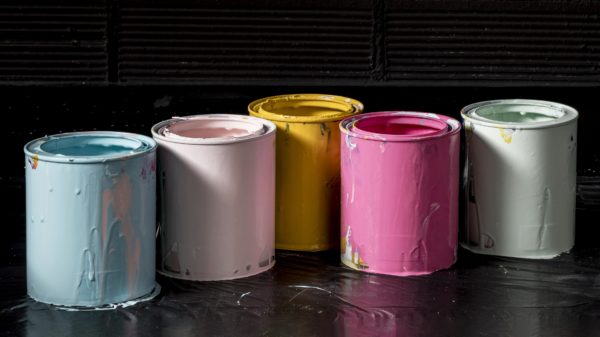
Long-lasting hues
Lighter colours like white, tan, beige and light brown are the ones that endure the longest. It shouldn’t surprise you if the bulk of the houses on a certain suburban street is painted in pale hues.
Compared to other hues, these colours and their pigments are far more stable. Because of their inorganic pigments and interaction with light and heat, lighter earth tones stay longer, and these paler earth tones do a better job of reflecting UV light than absorbing it. For two reasons, choosing these lighter hues for your home is beneficial.
First, when a colour reflects UV light, it lasts longer, and the colour pigments do not break down when UV radiation is reflected from them. The second advantage of these lighter hues is that they maintain the home’s cooling. These paler pigments absorb UV rays, extending the colour’s life and keeping the surface of your house cool.
This keeps the home at a comfortable temperature. Additionally, it stops the external paint from overheating. The colour may deteriorate over time as a result of extremely high temperatures.
How long should paint on the outside last?
In the past ten years, exterior paints have made significant technological advancements. In the past, the average rate of fading for exterior paint exposed to continuous, direct sunshine was roughly 7% per year. This indicates that the colour would probably no longer resemble the colour it had when it was first applied. This meant that most exterior paint colours started to fade significantly after around seven years and would soon require a fresh coat of paint.
The best exterior paints available now only fade by 1% to 3% per year, and this is a significant enhancement that virtually doubles the colour’s longevity. In fact, over 15-year guarantees are now offered on some of the highest-quality exterior paints. Accordingly, if you choose the best exterior paint, you shouldn’t have to worry about repainting for at least 15 years. Tips for choosing exterior paint colours with the longest durability
When selecting exterior paint colours that endure longer, take into account the following additional factors:
- Be mindful of colour restrictions: Some colours shouldn’t be used outside. Always abide by the manufacturer’s recommendations regarding the paint colours on outside building surfaces. Since they are alkali-sensitive, certain colours should not be used on extremely alkaline surfaces, such as freshly laid brickwork. Most paint producers publish this information in symbols, icons, or words on the colour chips.
- Think about how exposed the painted surface is: Colour retention is significantly influenced by a structure’s surroundings and solar orientation. Surfaces with southern exposures are exposed to the most UV light, which can lead to the worst issues with colour loss. UV light still affects shaded areas or faces a different direction, although to a lower extent.
- Different colours fade at different rates: Earth-tone colours like beige, brown, tan, and others hold up better when exposed to the elements. These colours’ inorganic pigments are less likely to degrade than organic hues like reds, blues, greens, and yellows.
- Use only premium paints for the best colour retention: In all other respects, superior paints excel at maintaining their colour when exposed to the outdoors. High-quality paints are more resistant to chalking, a process that can strip an external paint of its colour and have superior surface adhesion. Choosing the paint kind and colour for your home will be worth it.
Most resilient exterior paints
Witness the colour collapse as you notice the colour fading. The light and the environment gradually break down the sheen, lustre, and colour pigments. The most reputable and creative paint producers have created contemporary exterior paints. Also, acrylic exterior paints typically produce the colours that endure the longest.
Paints made of latex are excellent for a variety of reasons. First, compared to other exterior paint varieties, they often dry faster, making it slightly simpler to paint oneself. Also, they typically stay longer because latex paints can withstand UV rays and drastic temperature changes. In extreme situations, they can expand and shrink better than other colours, preventing damage.
